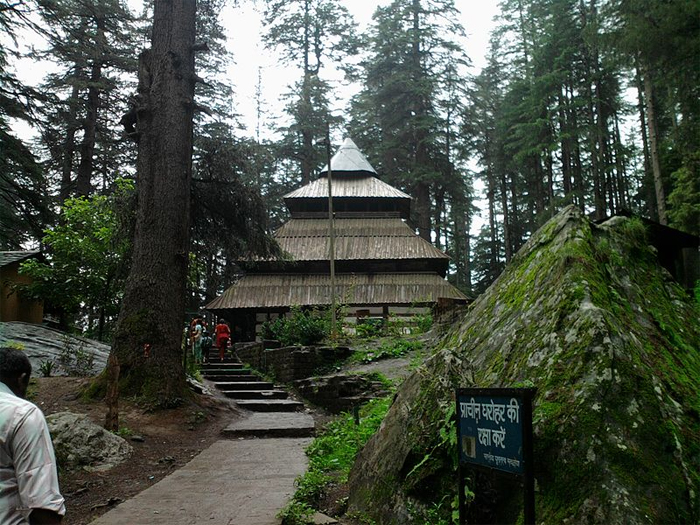Manali Travel Guide:

Overview
Manali in the Beas River valley, is an important hill station in the mountains of Himachal Pradesh, India, near the northern end of the Kullu Valley. It is located about 250 kilometres (155 mi) north of state capital, Shimla.
Manali is administratively a part of the Kullu district, with population of approx. 30,000. The small town was the beginning of an ancient trade route to Ladakh and, from there, over the Karakoram Pass on to Yarkand and Khotan in the Tarim Basin.
Manali and the surrounding area is of great significance to Indian culture and heritage as it is said to be the home of the Saptarshi, or Seven Sages
Climate
The climate in Manali is predominantly cold during winters, and moderately cool during summers. The temperatures range from 4 °C (39 °F) to 30 °C (86 °F) over the year. The average temperature during summer is between 14 °C (57 °F) and 20 °C (68 °F), and between -7 °C (19 °F) and 10 °C (50 °F) in the winter.[citation needed]
Monthly precipitation varies between 24 mm (0.94 in) in November to 415 mm (16.3 in) in July. In average, some 45 mm (1.8 in) of precipitation is received during winter and spring months, increasing to some 115 mm (4.5 in) in summer as the monsoon approaches. The average total annual precipitation is 1,520 mm (60 in). Snowfall in the region, which usually took place in the month of December, has been delayed over the last fifteen years to January or early February.
History
In ancient times, the valley was sparsely populated by nomadic hunters known as 'rakshas'. The next arrivals were the shepherds who arrived from the Kangra Valley and settled to take up agriculture. Some of the earliest inhabitants of the region are the 'naur' or 'nar', which is a caste unique to the Kullu valley. Only a few naur families are known to exist now. A naur family in the village Soyal near Haripur on the west bank of Manali was famous for the vast land they owned and their practice of having 'rakshas' as their labourers.[citation needed]
The British introduced apple trees and trout, which were not native to Manali flora and fauna. It is said that when apple trees were first planted the fruits were so plentiful that often branches, unable to bear the weight, would collapse.[citation needed] To this day, apple—along with plum and pear—remains the best source of income for the majority of its inhabitants.
Tourism in Manali received a boost after the rise of militancy in Kashmir in the late 1980s. This once quiet village was transformed into a bustling town with many hotels and restaurants.
Transport
Manali is well connected by road to Delhi through NH-21 and NH 1, which goes on to Leh and is claimed to be world's highest motorable road. Leading up to Manali from New Delhi are the towns of Panipat and Ambala in Haryana, Chandigarh(Union Territory), Ropar in Punjab, and Bilaspur, Sundernagar, and Mandi in Himachal.
Manali is not easily approachable by rail. The nearest broad gauge railheads are at Chandigarh (315 km (196 mi)), Pathankot (325 km (202 mi)) and Kalka (310 km (190 mi)). The nearest narrow gauge railhead is at Joginder Nagar (135 kilometres (84 mi))
The nearest airport is at Bhuntar, which is about 50 km (31 mi) from Manali. Currently, Kingfisher Red operates daily nonstop services from Delhi, Air India provides twice a week nonstop services and MDLR Airlines provides services to Delhi six days in a week.